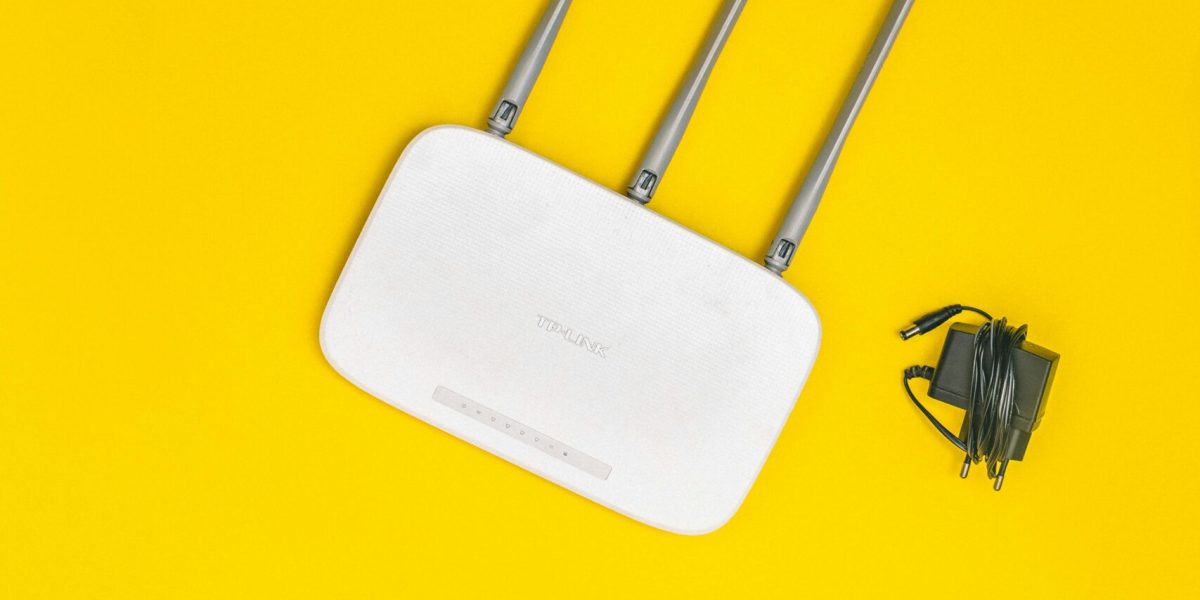When you delete a file on your computer, it might seem like it vanishes instantly. But in reality, deleted files don’t disappear—they linger in hidden parts of your system until they’re overwritten by something new. If you’re wondering how that works (or how to truly get rid of sensitive files), this guide breaks it down for you.
Let’s explore what happens after deletion, how files can sometimes be recovered, and what steps you can take to protect your data.
What Happens When You Delete a File?
When you hit delete, your operating system removes the file’s reference in the system’s directory—but the actual data remains on the drive. It’s like ripping the table of contents out of a book: the pages are still there, but harder to find.
Even if you empty your Recycle Bin or Trash, the data remains intact on the hard drive—just marked as space that can be reused. Until it gets overwritten, recovery software can often retrieve it. This is why security experts recommend secure deletion tools if privacy is a concern.
Why Deleted Files Aren’t Really Gone
Your computer uses a file system to manage where data lives. When you delete a file, it tells the system, “This space is free.” But that space still holds the file’s data until it’s used again.
This explains how recovery software works: it scans for deleted files in unallocated space and tries to reconstruct them. The success rate depends on how recently the file was deleted and how much activity occurred afterward.
Recovering Deleted Files: What’s Possible?
If you act quickly, it’s often possible to recover lost data. Here’s how it works:
✅ How Recovery Tools Work
Recovery tools scan the hard drive for unlinked data clusters and piece them back together. If the original space hasn’t been overwritten, full recovery may be possible.
❌ What They Can’t Do
If your system has written new data over the deleted file’s space, recovery is either partial—or impossible. The chances decrease the longer you wait or the more you use the device.
Why Backups Are Your Best Bet
Because recovery isn’t guaranteed, maintaining regular backups is critical. Cloud backups, external drives, or automated services can save you the headache of lost data. Think of backups as your safety net—don’t wait until something is gone to set them up.
You can explore our Data Backup and Recovery solutions to learn how to protect your business data efficiently.
How Different Devices Handle Deleted Files
Not all devices manage deleted files the same way:
Windows/macOS: Deleted files go to Recycle Bin or Trash before permanent removal.
Android: Uses folders like “Recently Deleted” that temporarily store removed items.
iPhone/iPad: Stores deleted photos in a “Recently Deleted” album for up to 30 days.
Different file systems and platforms offer varying levels of recovery—and security risks.
What Is Secure Deletion?
Standard deletion doesn’t wipe your data—it only makes it invisible. Secure deletion goes a step further by overwriting the file’s data multiple times, making recovery virtually impossible.
This is essential for anyone managing confidential information or retiring old hardware.
A great place to start is with reputable secure deletion tools, such as Eraser for Windows or built-in encryption and secure erase options on macOS and Linux.
How Do SSDs and HDDs Differ?
The type of drive also matters:
HDDs (Hard Disk Drives): Easier to recover deleted files from due to the way data is written.
SSDs (Solid State Drives): Use a process called TRIM that immediately clears deleted data blocks, making recovery harder but improving privacy.
Knowing the type of storage you use helps determine how secure (or recoverable) your deleted files are.
How to Ensure Files Are Permanently Deleted
If you want to make sure your data is truly gone:
Use secure deletion tools that overwrite data
Wipe external drives and USBs before disposal
Consider full-disk encryption for sensitive systems
Back up your data, then securely erase the original
These methods ensure your deleted files don’t come back to haunt you.
Take Control of Your Data
Understanding what happens to deleted files helps you make smarter decisions about data management and security. Whether you’re protecting client records, personal information, or financial documents, it pays to take file deletion seriously.
Need help implementing secure deletion policies or setting up reliable backups? Contact our team at ParJenn Technologies for expert support in keeping your data safe.



